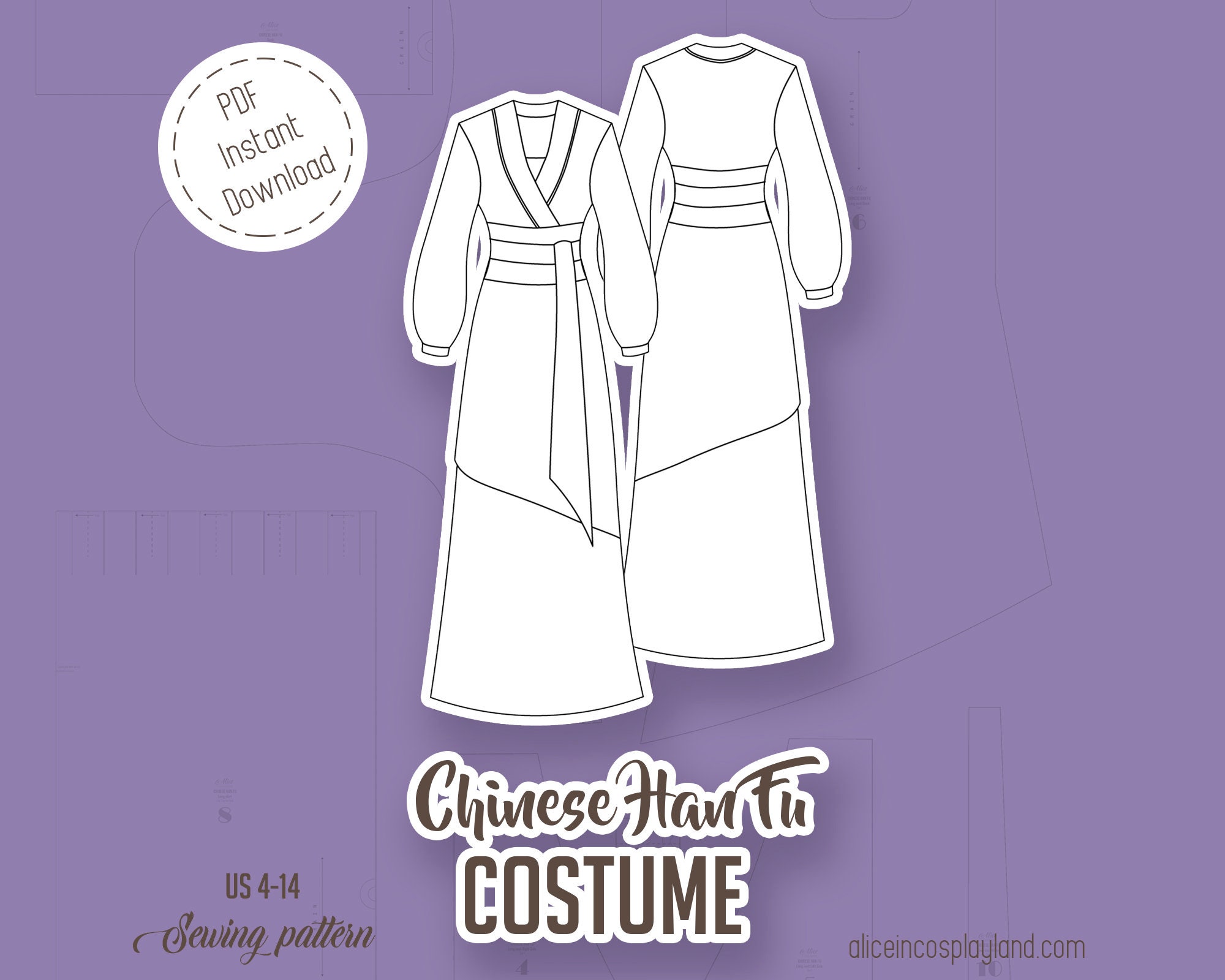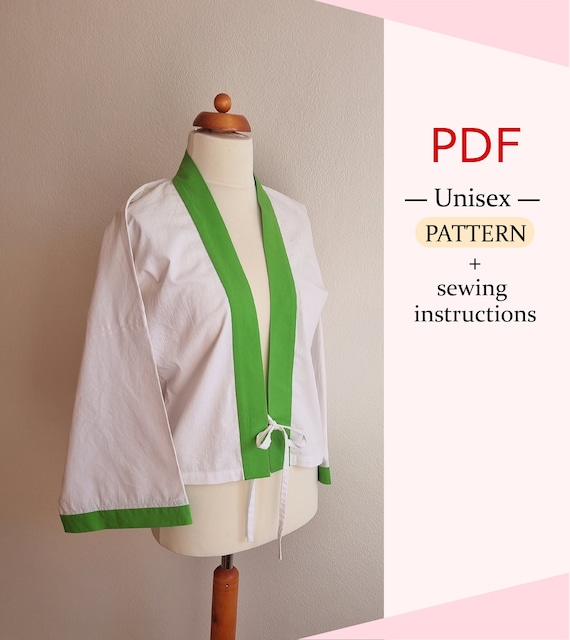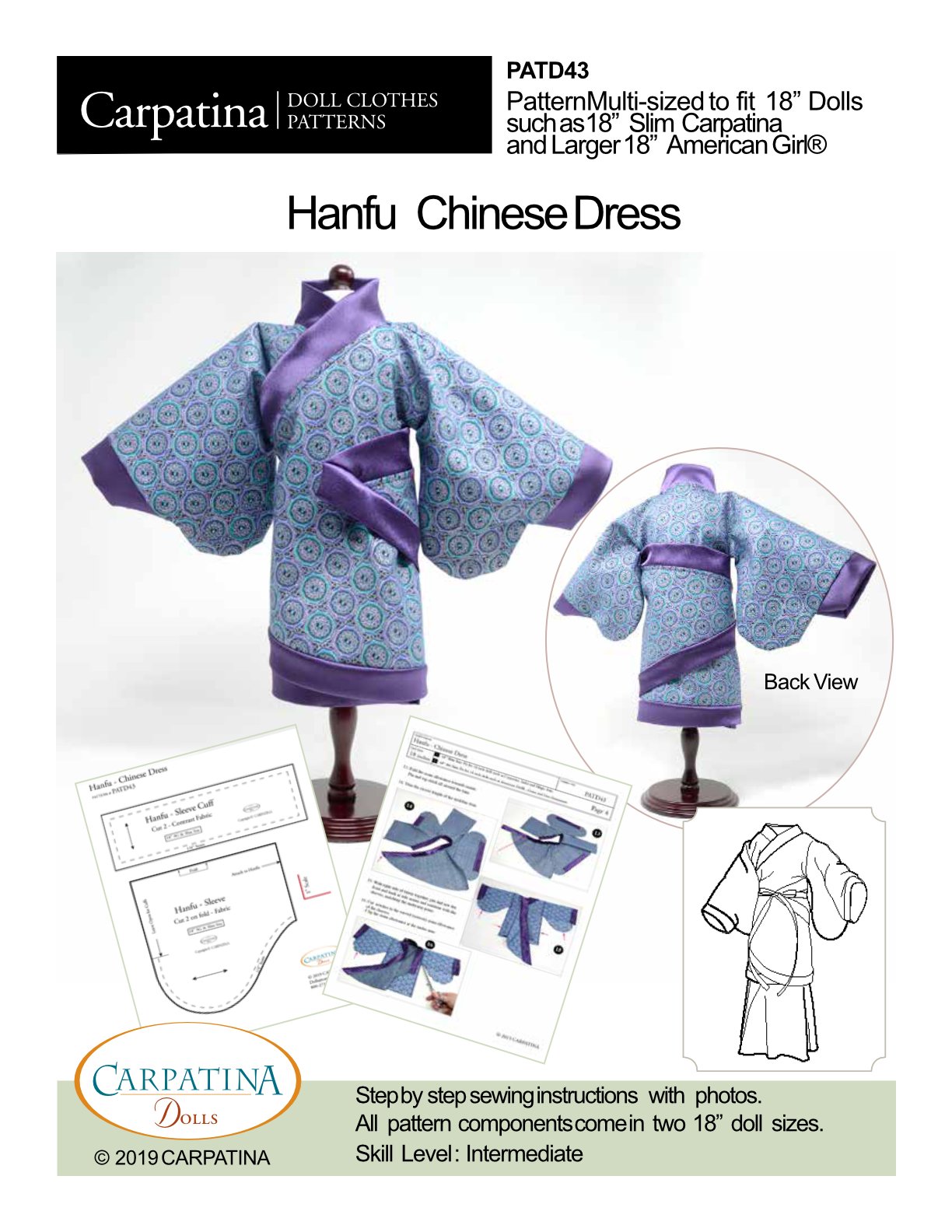The Allure of the Chinese Hanfu Dress Pattern
The Chinese Hanfu Dress Pattern is not merely a garment but a profound cultural artifact that carries the essence of Chinese history and tradition. As we delve into this intricate world, we discover a rich tapestry woven with threads of silk and stories. The Hanfu, a traditional Chinese attire, has been a symbol of elegance and sophistication for centuries. Its patterns, colors, and designs are a testament to the ingenuity of ancient Chinese artisans and the rich cultural heritage they represent.

Historical Significance
The Hanfu’s historical significance is deeply rooted in its intricate patterns, which are often inspired by nature and the cosmos. Each pattern holds a unique meaning and is meticulously crafted to reflect the wearer’s social status and personal virtues. The patterns are not just decorative; they are a language that speaks volumes about the wearer’s identity and the values they uphold. As we explore the history of the Hanfu, we find that it has evolved through various dynasties, each leaving its imprint on the dress’s design and pattern.
Cultural Symbolism
The Chinese Hanfu Dress Pattern is replete with cultural symbolism. The dragon, a symbol of imperial power, is often embroidered on the robes of emperors and nobles. The phoenix, representing grace and virtue, is a common motif in the attire of empresses and noblewomen. Other patterns such as the peony, signifying wealth and honor, and the bamboo, symbolizing resilience and integrity, are also prevalent. These patterns are not just aesthetically pleasing; they are a visual narrative of Chinese philosophy and beliefs.

Craftsmanship and Techniques
The craftsmanship and techniques used in creating the Chinese Hanfu Dress Pattern are a testament to the skill and patience of the artisans. From the delicate embroidery to the intricate pleating, every detail is carefully considered and executed. The use of high-quality silk and the application of natural dyes add to the allure of the Hanfu. The patterns are often created using a combination of hand-stitching and machine embroidery, ensuring that each piece is a masterpiece of both tradition and innovation.
Modern Revival and Relevance
The Chinese Hanfu Dress Pattern has experienced a modern revival, with a growing number of people embracing this traditional attire. This resurgence is not just a fashion trend; it is a cultural movement that seeks to reconnect with China’s rich history and heritage. The Hanfu is now worn at various cultural events, festivals, and even as everyday wear by enthusiasts. This revival is a reflection of the growing interest in traditional culture and the desire to preserve and promote it in contemporary society.

The Future of Hanfu
As we look to the future, the Chinese Hanfu Dress Pattern continues to evolve, incorporating modern elements while staying true to its roots. Designers are experimenting with new materials and styles, making the Hanfu more accessible and appealing to a broader audience. The Hanfu is not just a dress; it is a living, breathing tradition that continues to inspire and captivate people around the world.

Conclusion
The Chinese Hanfu Dress Pattern is a treasure trove of cultural significance, historical depth, and artistic beauty. It is a tradition that has stood the test of time and continues to flourish in the modern era. As we explore the various aspects of the Hanfu, we gain a deeper appreciation for the craftsmanship, symbolism, and cultural relevance of this timeless attire. The Hanfu is a symbol of pride and identity, and its enduring appeal is a testament to the richness of Chinese culture.






